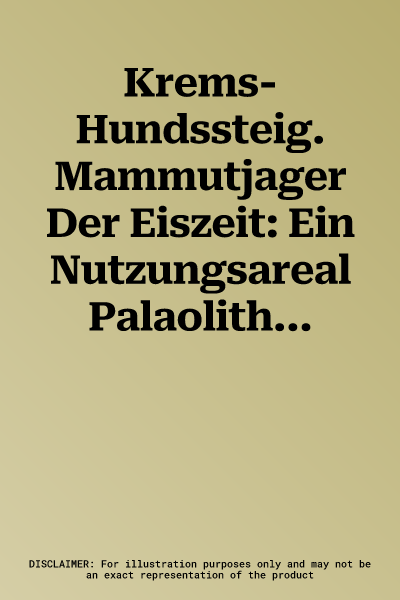Krems-Hundssteig. Mammutjager Der Eiszeit: Ein Nutzungsareal Palaolithischer Jager- Und Sammler(innen) VOR 41000-27000 JahrenPaperback, 1 April 2008

Qty
1
Turbo
Ships in 2 - 3 days
In Stock
Free Delivery
Cash on Delivery
15 Days
Free Returns
Secure Checkout

Part of Series
Mitteilungen Der Prahistorischen Kommission
Print Length
347 pages
Language
German
Publisher
Austrian Academy of Sciences Press
Date Published
1 Apr 2008
ISBN-10
3700138814
ISBN-13
9783700138815
Description
Product Details
Book Format:
Paperback
Country of Origin:
US
Date Published:
1 April 2008
Genre:
Ancient (To 499 A.D.)
ISBN-10:
3700138814
ISBN-13:
9783700138815
Language:
German
Location:
Vienna
Pages:
347
Publisher: